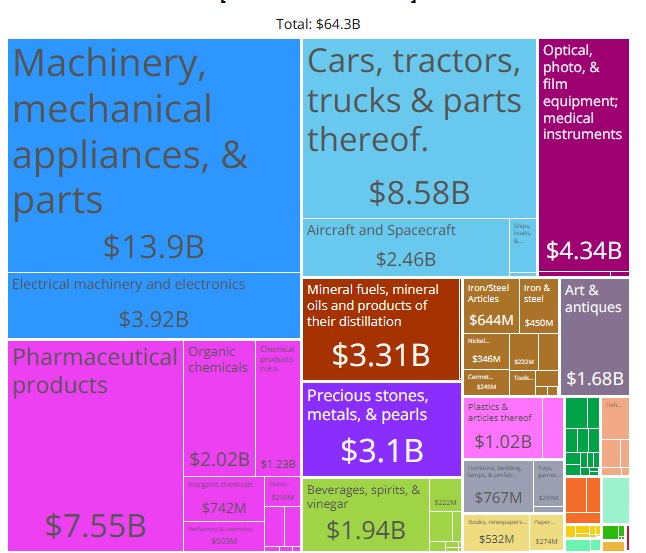The U.S.-UK Economic Prosperity Deal is the first general, non-binding agreement reached by the Trump Administration since imposing tariffs on its trade partners on April 2, 2025, known as “Liberation Day”. President Trump has characterized the deal as “historic”, providing American companies unprecedented access to the UK markets while bolstering U.S. national security. Prime Minister Kramer has stated that the deal is going to boost trade between and across the two countries and create jobs.
A little over four pages long, and scarce in details, the agreement sets up “general terms” between the parties to work together to enhance market access, particularly for industrial and agricultural products. In other words, it provides a framework to conduct future negotiations on a series of trade issues. These include primarily addressing tariffs and non-tariff barriers (paragraphs 1 and 2), but also increasing digital trade; cooperating on procurement; strengthening customs procedures; coordinating non-market policies vis-à-vis third countries; discussing high standards commitments related to intellectual property rights protection and enforcement, labor practices (including addressing forced labor in supply chains), and environmental policies and practices; and exploring other mutually beneficial opportunities and commercial transactions (paragraphs 3 to 6).
More concrete commitments involve the following:
On agriculture: concessions benefiting U.S. exporters were made for more than $700 million in ethanol exports and $250 million in other agricultural products, like beef.
On automotive: the United States has agreed to negotiate an alternative arrangement to Section 232 tariffs. More specifically, the first 100,000 vehicles imported into the United States by UK car manufacturers each year are subject to the reciprocal rate of 10% and any additional vehicles each year are subject to 25% rates.
On steel and aluminium: the United States has committed to negotiate an alternative arrangement to section 232 tariffs, recognizing the economic security measures taken by the United Kingdom to combat global steel excess capacity. The agreement lays the foundations for creating a new trading union for steel and aluminum.
On pharmaceuticals: the parties have agreed to negotiate preferential treatment outcomes on pharmaceuticals and pharmaceutical ingredients, and to further integrate the US-UK supply chains.
On aerospace: the parties have agreed to maximize competitiveness and secure the supply chain of U.S. aerospace manufacturers through preferential access to high-quality UK aerospace components.
The 10% blanket tariff on all UK goods, announced on Liberation Day, remains in effect. There are about 19,000 small businesses in the United States that import approximately $20 billion in goods from the United Kingdom. Leaving the tariff in place means a new $2 billion tax increase on these small businesses.
According to the U.S. Chamber of Commerce, other important questions also remain unresolved, such as the digital services tax (i.e., taxes levied on revenues generated from certain digital services, such as online advertising, digital intermediary activities, and the sale of user data) that the United Kingdom currently imposes on American companies.
While the U.S.-UK Deal is important in principle, stating the desire to make bilateral trade between the parties “fairer, easier and more substantial”, the language is vague on many topics and no specific deadlines are set for future talks.
The graphics below show trade flows between the two countries in 2023. The United States exported $74.7 billion to the United Kingdom (figure 1) and imported $64.3 billion from the United Kingdom (figure 2), resulting in a $10 billion trade surplus. Trade flows involved mostly industrial goods and oil products.
Figure 1: 2023 U.S. exports to the UK
Source: Observatory of Economic Complexity (https://oec.world/en/profile/country/usa?selector359id=HS2&selector343id=Export)
Figure 2: 2023 U.S. imports from the UK
Source: Observatory of Economic Complexity (https://oec.world/en/profile/country/usa?selector359id=HS2&selector343id=Import)





